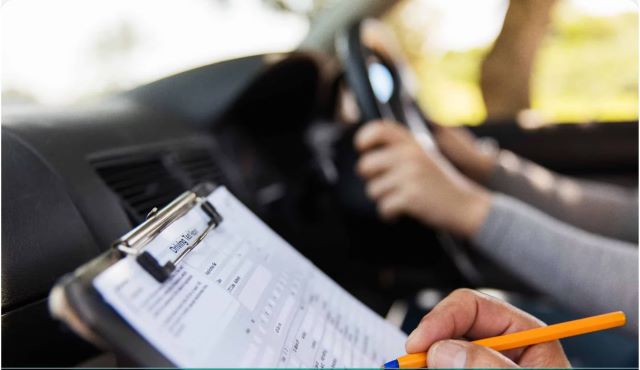When you’re learning to drive, everybody is an expert. Whether it’s a parent giving their two cents on the best way to ace the test first-time, or a friend sharing their horror story of how they failed, everyone has their opinion on driving tests and it can be hard to separate fact from fiction.
And when you’re already busy trying to prepare for the test, all of this information can be hard to process, so we’re going to dispel some of the more prevalent myths surrounding driving tests.
You should drive slower to prove that you’re careful
Of course, showing that you’re a careful and safe driver is important, but driving slowly is not the way to demonstrate this.In fact, doing so will likely have the opposite effect on the examiner, as crawling along at a snail’s pace could cause other drivers to speed up to avoid getting stuck behind you, or slamming on your brakes to slow down could cause someone to crash into the back of you.Department for Transport statistics show that in 2020 there were 82 accidents caused by people driving too slow and in fact, two of these were unfortunately fatal, in addition to 21 that caused serious injury, showing that driving too slowly can potentially have disastrous consequences.Showing such a hesitant approach will only serve to make you come across as nervous and unsure too.Of course, some nerves on the day are to be expected and your examiner will understand this, but do your best to drive as you normally would.
Any of the following causes an instant fail:
- Stalling: If you do stall, it’s important not to panic, as you can actually make it work in your favour if you show that you react well under pressure.If you calmly restart the car and make sure that the road is safe before setting off again, then there’s no reason why you can’t still pass.On the other hand, if you panic and put other road users in danger, or stall multiple times, then you could be in trouble.
- Taking a wrong turn: As with stalling, if you do happen to take a wrong turn on your test, it’s all about how you react and whether it puts anybody else in danger.If it’s an honest mistake then your examiner will simply redirect you to the correct route and there should be no harm done.
- Crossing your hands on the wheel: Similarly, there’s a popular myth that crossing your hands on the steering wheel will cause you to immediately fail your test.The supposed reasoning that this is such an offence is that you’re not in control of the vehicle, but the truth is that you can use whatever method you want, so long as you crucially are in control of the wheel.
- You have to use a car from the test centre: Not only is this not true, but test centres also don’t even provide their own cars. Instead, you usually use your driving instructor’s car, or you can use your own car if you have one .
- You should study the route before your test: The simple reason that this isn’t true is that there isn’t one set test route that your test centre uses.Each centre will have multiple routes that they take, so it’s more important that you have a good knowledge of the local area in general.
- Getting stuck in traffic can help to ‘run down the clock’: The standard driving portion of a test lasts for 40 minutes, so if you’re nearing the end of that period and think that sitting in traffic for five or ten minutes will be an easy way to see out the end of the test, you’d be wrong.

